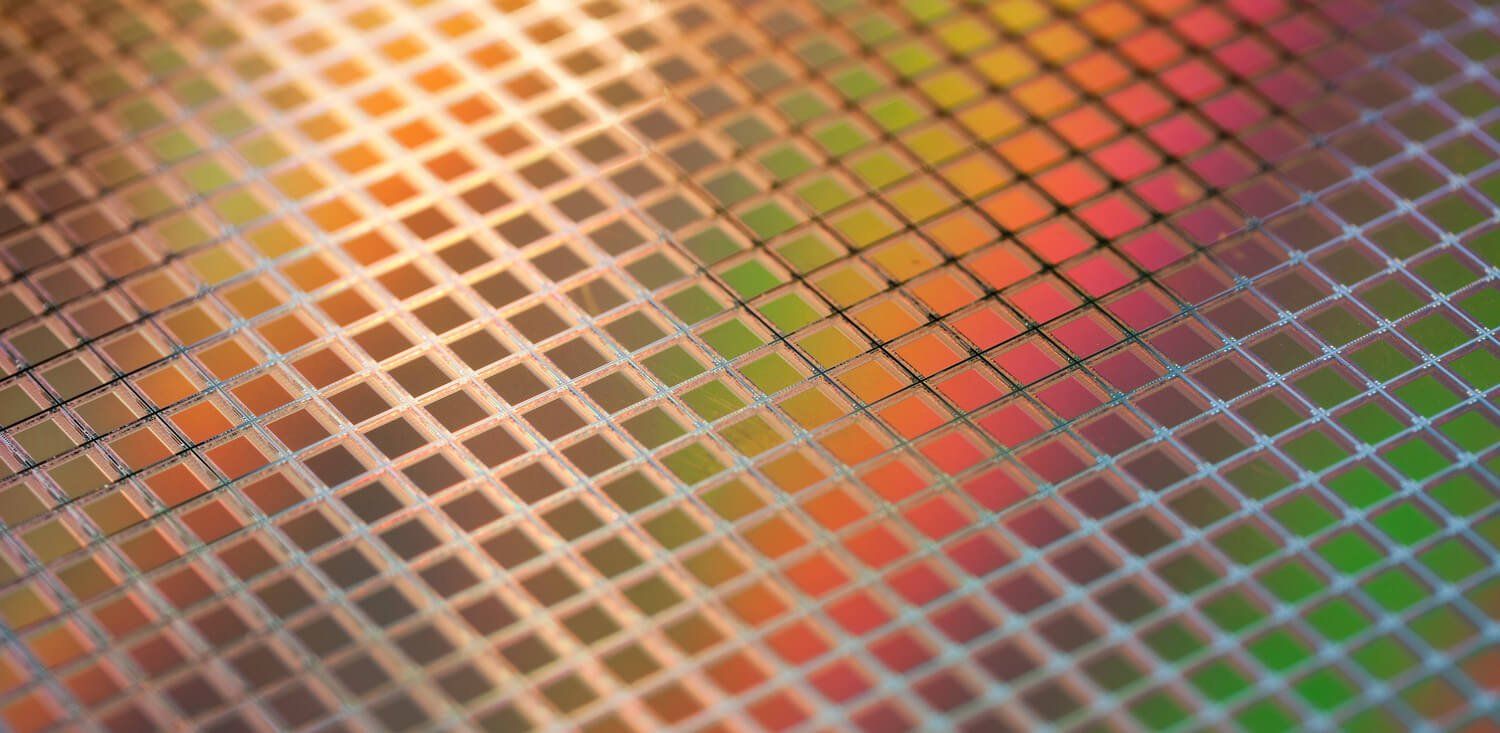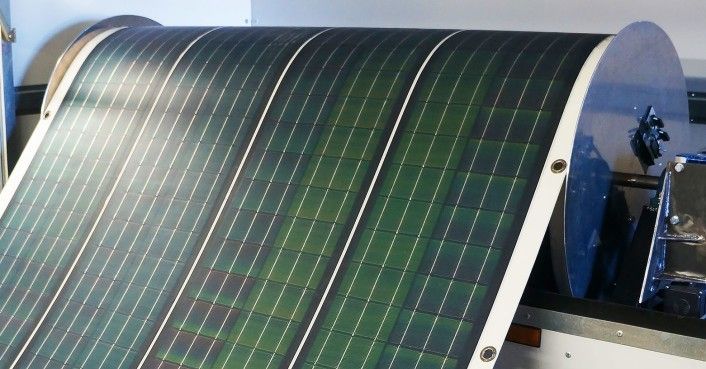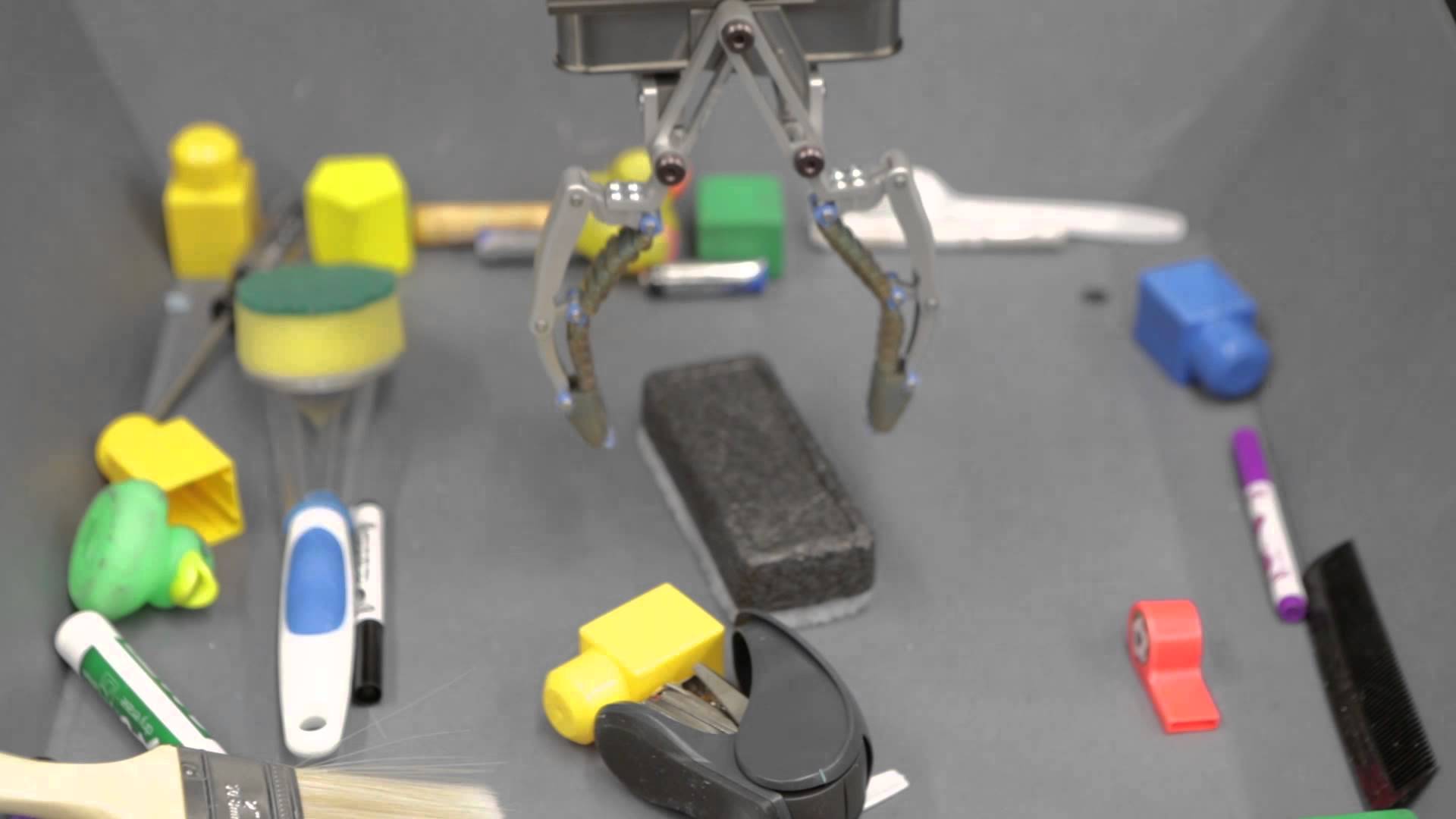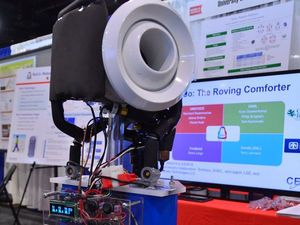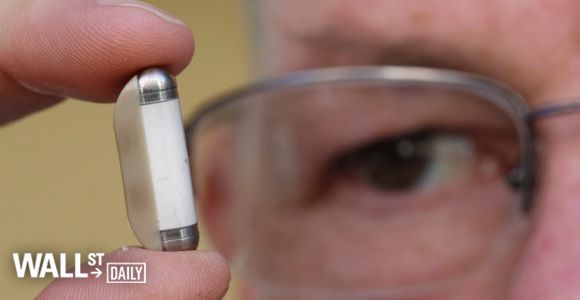Mar 11, 2016
Will the End of Moore’s Law Halt Computing’s Exponential Rise?
Posted by Karen Hurst in categories: computing, Ray Kurzweil, singularity
“A common challenge to the ideas presented in this book is that these exponential trends must reach a limit, as exponential trends commonly do.” –Ray Kurzweil, The Singularity Is Near
Much of the future we envision today depends on the exponential progress of information technology, most popularly illustrated by Moore’s Law. Thanks to shrinking processors, computers have gone from plodding, room-sized monoliths to the quick devices in our pockets or on our wrists. Looking back, this accelerating progress is hard to miss—it’s been amazingly consistent for over five decades.
But how long will it continue?
Continue reading “Will the End of Moore’s Law Halt Computing’s Exponential Rise?” »
